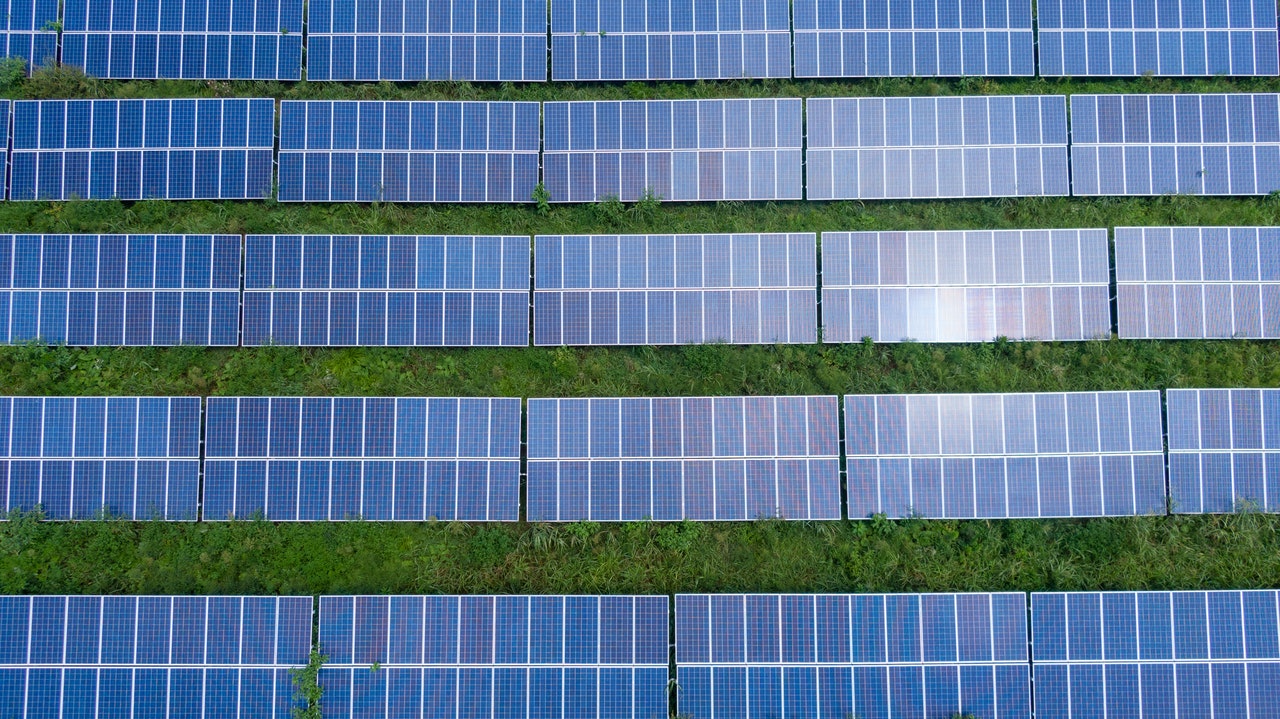A team of US scientists has made a breakthrough in developing perovskite photovoltaic cells. The unique architecture delivers a proven performance increase of up to 24% in sunlight.
This is the highest figure for devices of this type – in addition, after 2400 hours of operation at 55 degrees Celsius, the efficiency remained at 87% of the original.
Perovskite steel minerals have attracted attention due to their impressive ability to absorb sunlight and convert it into electricity. At the same time, the stability of perovskite photocells leaves much to be desired, and the solutions proposed by engineers sacrifice performance for the sake of stability.
Scientists at the US National Renewable Energy Laboratory, with the assistance of colleagues from several universities, used an inverted architecture, different from the one that showed the best performance in the past, Science Daily reported.
The difference between them lies in the layering on the glass substrate. The inverted architecture is renowned for its reliability and ability to integrate with tandem solar cells.
In addition, the scientists added a new molecule, 3-aminomethyl-pyridine (3-APy), to the surface of the perovskite. It reacts with formamidinium inside the perovskite, creating an electric field on the surface of the perovskite layer.
Unexpectedly for the researchers, this gave a significant increase not only in efficiency, but also in the stability of the photocell.
Testing the new architecture in sunlight showed performance up to 24%. At the same time, stability remained at a high level – after 2400 hours of operation at 55 degrees Celsius, the efficiency dropped to only 87%.
According to the developers, this approach increases the efficiency of inverted elements from less than 23% to more than 25%.
A simple and versatile nanomaterial has been invented that will help perovskite become commercially successful. The tin oxide-based ink is made in one step at a relatively low temperature using microwave technology without post-purification.
They improve the ability of photovoltaic cells to transfer electrons selectively, that is, to generate more electricity.

